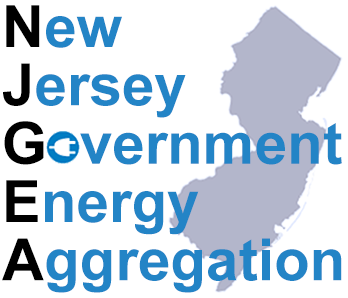How does Government Aggregation work?
First, the Municipality must discuss and approve an ordinance or resolution giving their government the authority to proceed and construct an aggregation program. Once the ordinance or resolution is approved, the Municipality creates an aggregation plan that includes objectives, procedures and process for the program. Using expert energy consultants, the Municipality then seeks bids from properly licensed NJ Third Party Suppliers (TPSs) to obtain competitive electricity rates for participants. Once a winning supplier has been selected, this supplier will send notices detailing the program to all eligible residential account holders. The letter will indicate the new rate vs. the Utility “price-to-compare” and for how long the rate will stay in effect (term). If the residential account holder wishes to participate and receive the newly negotiated lower rate, no action is required. If, on the other hand, they do not wish to participate, they must detach and remit the bottom portion of the letter indicating that they do not wish to participate. This is known as an “Opt-Out” letter. A residential account holder will be able to Opt-Out of the Municipality’s program without penalty if they so choose. Eligible non-residential account holders, conversely, must Opt-In to the program. They will receive an Opt-In letter from the winning supplier. This letter will indicate how to contact the winning supplier in order to participate.



